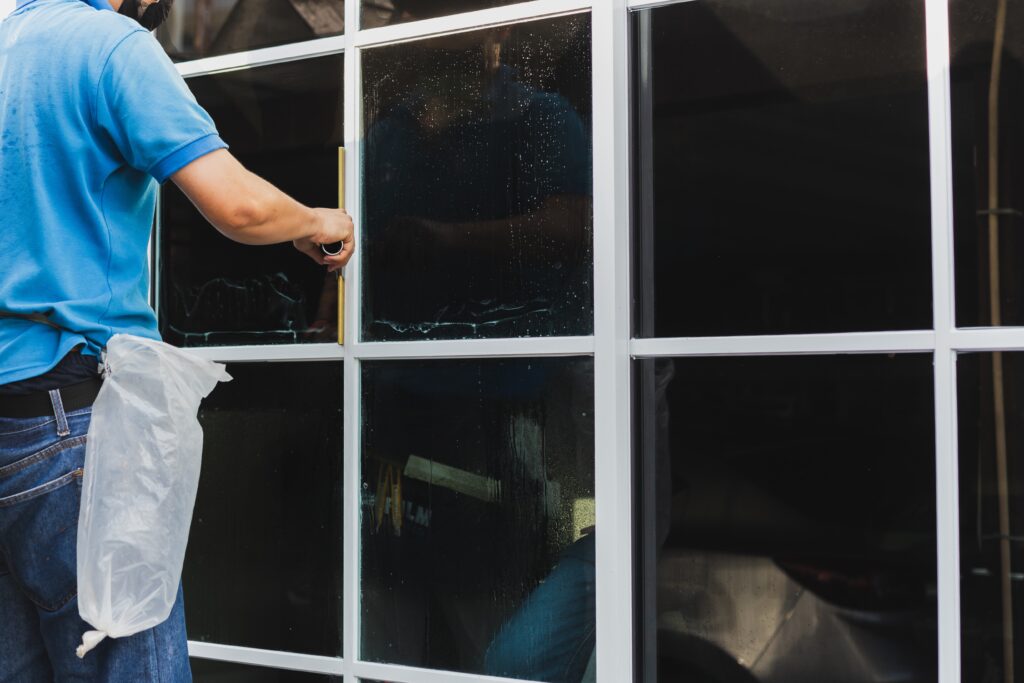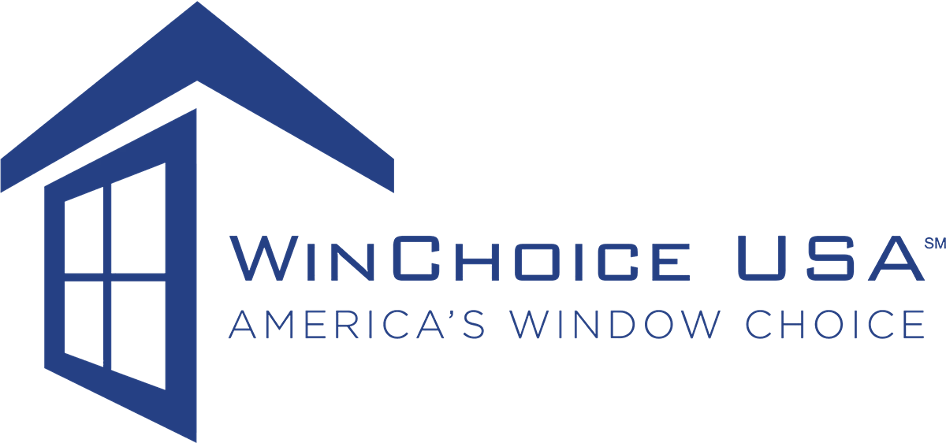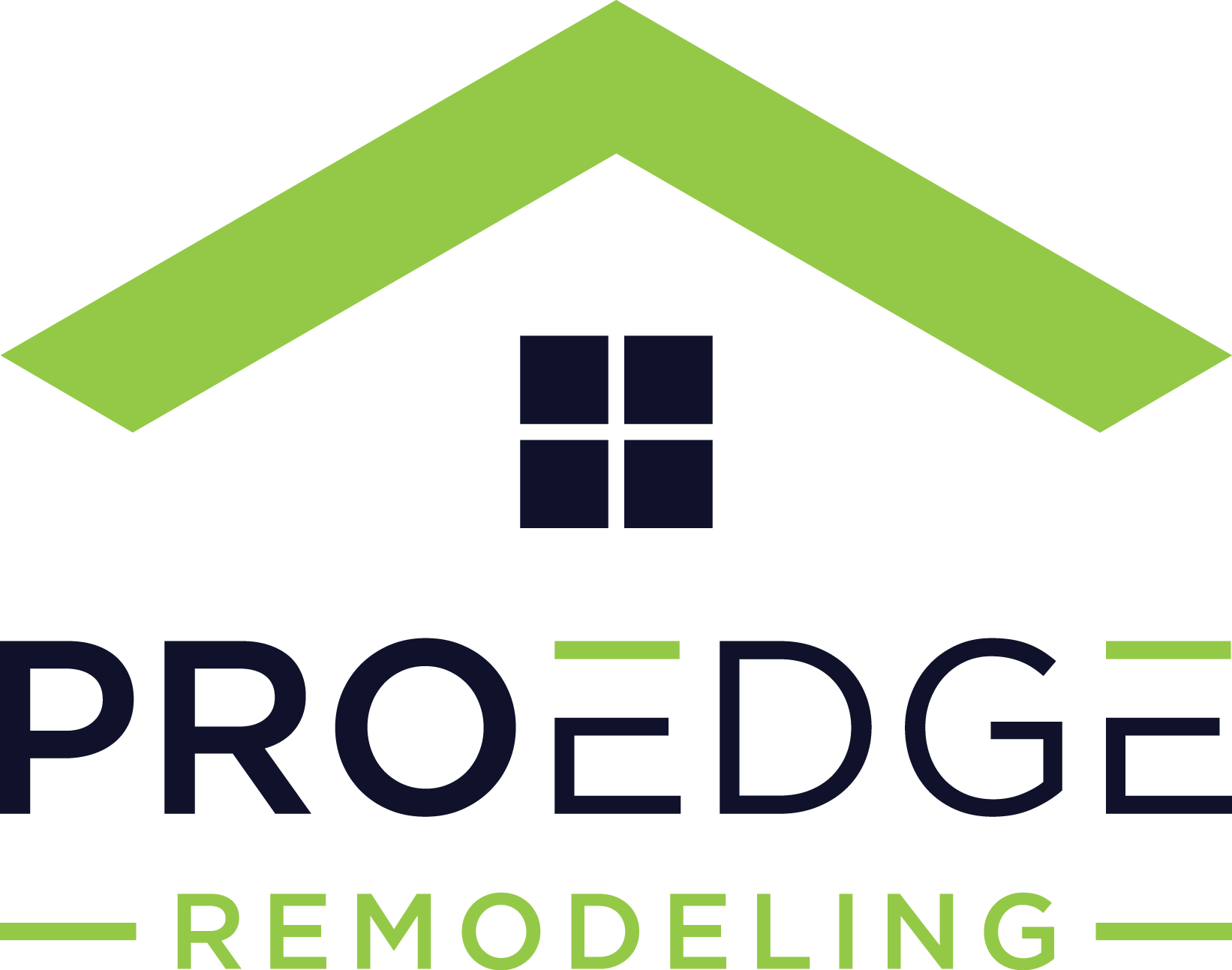Everything to Know About Home Window Tinting

Home window tinting has become more than a cosmetic upgrade. It’s a practical option for improving comfort, reducing glare, and cutting energy bills. Today’s films can help protect interiors from UV damage while maintaining the look and feel of natural daylight.
If you’re considering window tinting for your home, it helps to understand the types of films available, how much they cost, and what the installation process looks like. Here’s what to know before getting started.
Table of Contents
What Is Home Window Tinting?
Home window tinting involves placing a thin, high-performance film on the interior surface of your windows. Unlike the dark or bubbled tints commonly seen on cars decades ago, today’s residential window films are virtually invisible and packed with advanced layers that offer protection, comfort, and energy efficiency.
How Window Tinting Works
Window film is made up of multiple ultra-thin layers that work together to filter light, block heat, and enhance interior comfort. These layers are carefully engineered to control how much sunlight and thermal energy enters your home. Most films are composed of the following elements:
- A protective liner (removed during installation)
- An adhesive layer that bonds to the glass
- A polyester film layer containing various technologies
- A scratch-resistant coating
When properly installed, window tint creates a nearly invisible barrier that blocks ultraviolet rays, reduces heat transfer, and enhances glass strength while maintaining visibility.
Modern window films use advanced technologies such as nano-ceramic particles, metalized coatings, or carbon-based materials to reduce heat, glare, and UV exposure while maintaining a clear view through the glass. These films can be virtually invisible while still blocking UV rays or slightly tinted for additional privacy and glare reduction.
Benefits of Tinting Your Home Windows
Home window tinting provides a range of benefits that make it a smart choice for many homeowners. Here are some of the key advantages:
Reduces Heat and Improves Energy Efficiency
One of the most significant benefits of window tinting is its ability to enhance energy efficiency. Quality window films can:
- Block up to 85% of solar heat that would otherwise enter through untreated glass
- Reduce cooling costs by up to 30% during summer months
- Help maintain a more consistent indoor temperature year-round
- Decrease the workload on your HVAC system
According to Energy.gov, windows account for 25-30% of residential heating and cooling energy use. Window films help address this vulnerability in your home’s thermal envelope, potentially saving $1-2 per square foot annually on energy costs.
Blocks Harmful UV Rays
Quality window films can block up to 99% of ultraviolet (UV) rays, offering essential protection for both your home and your health. This level of UV protection helps prevent fading and deterioration of furniture, carpets, and wood flooring that are often exposed to direct sunlight. It also helps preserve artwork, photographs, and other delicate items that can be damaged by prolonged UV exposure.
Beyond protecting your belongings, window tinting also shields your skin and eyes from harmful UV rays. Many people don’t realize that UV radiation can still cause damage even when you’re indoors, especially in rooms with large windows or lots of sunlight.
One of the key advantages of modern window films is that their UV-blocking ability is not tied to how dark the film appears. Even nearly clear films can offer the same high level of protection, making them an excellent option for homeowners who want to preserve natural light without sacrificing safety.
Increases Privacy Without Sacrificing Natural Light
Window tinting helps you achieve both privacy and natural light, without needing to choose one over the other. Certain films are designed to provide daytime privacy while still allowing plenty of sunlight to enter the room. Reflective films, for example, create a mirror-like effect that prevents people from seeing inside during the day. Decorative films, on the other hand, obscure views with frosted or patterned finishes but still let in light.
Unlike curtains or blinds, which block both visibility and daylight, window film offers a way to maintain brightness while adding a layer of privacy to your living space.
Enhances Safety and Security
Beyond comfort and efficiency, window tinting can also reinforce your home’s security. Safety films help hold glass together if it’s shattered, reducing the risk of injury and limiting easy access during break-ins or storms.
Reduces Glare
Another practical benefit of window tinting is its ability to reduce glare. Excessive sunlight can make it difficult to watch television, use a computer, or simply relax in bright rooms. Glare can also cause eye strain and lead to headaches, especially in rooms that receive direct sunlight throughout the day.
By filtering out intense light, window films help make living spaces more comfortable and usable, even during peak daylight hours.
Types of Home Window Tint Film
The window tinting market offers various film types, each with specific advantages for different needs and situations.
Solar Control Film
Designed to reduce heat and glare, solar control films help keep your home cooler and more comfortable—especially in rooms with strong sun exposure. They allow you to maintain natural light while managing indoor temperatures more effectively.
Key features:
- Available in tint levels from nearly clear to darker shades
- Typically reduce solar heat gain by 35% to 75%, depending on the product
- Often have subtle color tints like neutral, bronze, or gray
- Ideal for south- or west-facing windows that receive direct sunlight
Decorative Film
Decorative films serve both functional and aesthetic purposes. They allow homeowners to enhance privacy and visual appeal without committing to permanent glass alterations.
Common uses and benefits:
- Available in frosted, stained glass, and patterned designs
- Create privacy while still allowing in natural light
- Mimic the look of custom glass at a fraction of the cost
- Easy to remove or update if your style changes
- Block up to 90% of UV rays while enhancing interior design
Perfect for bathrooms, entryways, or any space that benefits from privacy with personality.
Safety and Security Film
Security films are engineered for strength. They help hold glass together when broken, reducing the risk of injury and making forced entry more difficult.
Highlights include:
- Thicker construction (usually 4–15 mil)
- Hold shattered glass in place during storms or impacts
- Can delay or deter break-ins
- Often paired with solar control for added benefits
- Useful for storm-prone regions and ground-level windows
They add a layer of physical protection without changing the appearance of your windows.
Privacy Film
Privacy films are all about controlling visibility without sacrificing daylight. They’re ideal for homeowners who want more discretion without having to rely on curtains or blinds.
Options include:
- One-way mirror films for daytime privacy (note: not effective at night)
- Frosted and opaque films for round-the-clock coverage
- Gradated designs that block views only where needed
- Some films also reduce heat and block UV rays
Best suited for street-facing windows, bathrooms, or other sensitive areas where visibility matters.
Smart Film / Smart Glass
Smart films take window control to the next level. With the flick of a switch or tap of an app, they transform from clear to opaque—instantly adjusting to your privacy needs.
Key features:
- Switchable technology for on-demand privacy
- Blocks UV rays in both clear and opaque states
- High cost ($30–$100 per square foot) reflects its advanced design
- Ideal for tech-savvy homeowners or high-end installations
Though not as widely used due to the price, smart films are a premium solution for flexible privacy and light control.
Cost of Home Window Tinting
The cost of home window tinting varies based on several factors. Understanding these variables helps set realistic budget expectations.
Average Costs
Prices can vary depending on the film type and installation method. On average, most homeowners can expect:
- $6 to $15 per square foot installed, which includes both materials and labor
- $500 to $1,200 total for a standard residential project
- DIY kits starting at $2 to $4 per square foot, covering only material costs
Higher-end options like ceramic or smart films can increase costs significantly.
- Ceramic tint: $10 to $20 per square foot
- Smart tint: $30 to $45 per square foot
- Smart glass: $50 to $100+ per square foot
These premium options offer advanced performance but come at a significant price.
Factors That Influence Pricing
Several key variables affect how much you’ll ultimately spend on your window tinting project. Understanding these can help you budget more accurately and choose the right film for your needs.
Film Type and Quality
Costs vary widely depending on the materials:
- Standard non-reflective films ($6–$7/sq ft): Block around 35% of heat
- Reflective or metalized films ($7–$9/sq ft): Block up to 75% of heat, more efficient for sun-exposed rooms
- Ceramic films ($7–$12/sq ft): High-end performance with excellent clarity and durability
- Security films ($8–$14/sq ft): Thicker materials designed to resist impact and improve safety
Window Size and Accessibility
The size, shape, and placement of your windows can significantly affect labor and material costs:
- Larger or irregularly shaped windows require more film and time
- Hard-to-reach windows (e.g., second-story or higher) may need special equipment
- French doors or multi-pane windows can cost $10 to $19 per square foot, compared to $5 to $10 for standard windows
Project Scope
The size of your project plays a big role in determining cost-efficiency:
- Larger tinting jobs may qualify for volume discounts
- Small or single-room jobs may include minimum service charges
- Whole-house tinting typically provides better value per window
Installation Complexity
Some jobs are more complicated than others, leading to higher labor costs:
- Unusual window shapes or angles require greater skill and precision
- Removing blinds, shades, or other treatments adds extra time
- Damaged or older windows may need repairs or preparation before tinting can begin
Return on Investment
Window tinting often pays for itself within just a few years thanks to its long-term benefits:
- Energy savings of up to 30% on cooling costs
- Protection of furniture, flooring, and décor from sun damage
- Improved home value through increased comfort and efficiency
- Cost avoidance by reducing the need for full window replacement
Most homeowners will be able to recoup their investment within 3-5 years through energy savings alone, making window tinting a financially smart home improvement project.
DIY vs. Professional Installation
Deciding between professional installation and a do-it-yourself approach involves weighing several important factors.
Professional Installation
Advantages:
- Expertise and Experience: Professionals have the technical know-how to achieve flawless results.
- Quality Materials: Installers typically have access to higher-grade films not available in retail channels.
- Proper Tools: They use specialized tools designed specifically for window film application.
- Warranty Protection: Most professional installations include warranties covering both the film and the installation work.
- Time Efficiency: Professionals can complete the job faster and with fewer complications.
- Guaranteed Results: A professional installation eliminates the risk of bubbles, creases, or improper adhesion.
Disadvantages:
- Higher Cost: Professional installation adds $5-10 per square foot to the project cost.
- Scheduling: You’ll need to arrange appointment times and possibly be home during installation.
- Less Personal Control: You’re entrusting the work to someone else rather than handling it yourself.
DIY Installation: Pros and Cons
Advantages:
- Cost Savings: DIY kits cost significantly less than professional installation.
- Flexibility: You can work at your own pace and schedule.
- Satisfaction: There’s personal satisfaction in completing a home improvement project yourself.
- No Strangers in Your Home: Some homeowners prefer handling projects without bringing in outside workers.
Disadvantages:
- Skill Required: Achieving a bubble-free, properly aligned installation requires precision and patience.
- Risk of Mistakes: Common DIY errors include bubbles, dust particles under the film, and improper cutting.
- Limited Warranty: DIY kits typically offer limited or no warranties.
- Time-Consuming: First-time installers may spend significantly more time than professionals.
- Material Limitations: Consumer-grade films may not perform as well as professional options.
Making the Right Choice
Consider professional installation if:
- You have many windows or large/complex windows to tint
- You want premium-grade films with maximum performance
- You value warranty protection
- Precision and perfect results are important to you
DIY might be appropriate if:
- You’re tinting just a few simple, easily accessible windows
- You have experience with similar precision tasks
- Budget is your primary concern
- You enjoy learning new skills and tackling home projects
For most homeowners, professional installation delivers superior long-term value despite the higher initial cost.
Maintenance and Longevity
Proper maintenance ensures your window tint remains effective and attractive for years to come.
How Long Does the Window Tint Last?
The lifespan of quality window tint varies by type and conditions:
- Most residential window films last between 10-20 years
- Premium films can last 20+ years with proper care
- Films on south-facing windows may deteriorate faster due to increased sun exposure
- Higher-quality films generally offer longer lifespans
Many manufacturers offer warranties ranging from 10-15 years or even lifetime limited warranties for premium products, reflecting their confidence in the durability of modern window films.
Cleaning and Care Tips
Maintaining tinted windows requires some special considerations:
Initial Care After Installation:
- Wait at least 7-30 days after installation before cleaning (follow installer recommendations)
- Keep windows closed during the curing period
- Don’t touch or disturb the film while it’s settling
Regular Cleaning:
- Use soft microfiber cloths to avoid scratching the film
- Avoid ammonia-based cleaners, which can damage window film
- Opt for mild soap and water or cleaners specifically formulated for window tint
- Spray cleaner onto the cloth, not directly onto the window
- Pay special attention to the edges, which are most vulnerable to damage
- Dry windows completely after cleaning to prevent moisture buildup
Homemade Cleaning Solution: A simple, safe cleaning solution can be made by combining:
- Two cups of water
- Half a teaspoon of mild dish soap
- A quarter cup of white vinegar
This mixture effectively cleans tinted windows without harsh chemicals that might damage the film.
Signs It’s Time to Replace Your Window Film
Watch for these indicators that your window tint may need replacement:
- Bubbling or Peeling: Especially around edges, indicates adhesive failure
- Purple Discoloration: Shows the dye in lower-quality films is breaking down
- Scratches or Tears: Damage that compromises both appearance and function
- Fading: Loss of tint intensity or heat-rejection properties
- Cloudiness: Hazy appearance that doesn’t clear with cleaning
If you notice these issues, consult with a window film professional to determine whether repair or replacement is needed.
Window Tinting and Home Value
Window tinting can positively impact your home’s market appeal and value in several ways.
Energy Efficiency Improvements
As energy costs rise and environmental awareness grows, energy-efficient features like window tinting become increasingly attractive to buyers:
- Documented energy savings from window tinting can be a selling point
- Energy-efficient homes often command premium prices in competitive markets
- Window tinting provides an affordable way to improve a home’s energy rating
Curb Appeal and Aesthetics
Well-installed window tinting can enhance your home’s appearance:
- Creates a clean, uniform look from the exterior
- Eliminates the cluttered appearance of multiple window coverings
- Decorative films can add unique visual interest
- Modern, sleek appearance appeals to contemporary tastes
Protection for Interior Investments
Potential buyers recognize the value of protecting interior investments:
- Prevents fading of flooring, furniture, and fixtures
- Extends the life of valuable interior elements
- Reduces the need for window coverings that may not match buyer preferences
Real estate professionals often highlight these protective benefits when marketing homes with quality window tinting.
Market Trends
Market research indicates growing appreciation for window tinting among homebuyers:
- Increasing awareness of energy efficiency benefits
- Growing concern about UV protection
- Rising preference for natural light balanced with privacy
- Stronger focus on home comfort and livability
While window tinting may not dramatically increase your home’s appraisal value, it can enhance marketability and create positive impressions that facilitate faster sales at better prices.
Legal Considerations and HOA Restrictions
Before installing window tint, it’s important to understand potential restrictions that might affect your project.
HOA Regulations
Homeowners Association (HOA) rules often govern window tinting in managed communities:
- Tint Darkness and Reflectivity: Many HOAs limit how dark or reflective window film can be to maintain neighborhood aesthetics.
- Approved Colors: Some associations restrict certain tint colors, particularly metallic or mirrored finishes.
- Exterior Appearance: Requirements that window modifications blend with the community’s architectural style.
- Approval Process: Most HOAs require formal submission and approval before installation.
If you live in an HOA-governed community, take these steps before proceeding:
- Review your community’s Covenants, Conditions, and Restrictions (CC&Rs) for window modification guidelines
- Submit a formal request to your Architectural Review Committee
- Provide detailed specifications of your proposed window film
- Wait for written approval before proceeding with installation
HOA-Friendly Window Film Options
If your HOA has restrictions, consider these window tinting solutions:
- Neutral, Low-Reflectivity Films: Brands like 3M Prestige 70 or Llumar’s neutral series offer heat rejection with minimal visible change.
- Nearly Clear UV Films: These reject heat and UV rays while remaining virtually invisible from the exterior.
- Subtle, Non-Metallic Tints: Ceramic films provide performance without the mirror-like appearance that many HOAs prohibit.
Working with a professional installer familiar with HOA regulations can help you select compliant options that still deliver desired benefits.
Building Codes and Regulations
Unlike vehicle window tinting, residential window tinting has few governmental regulations in most areas. However:
- Some historic districts may have restrictions on visible modifications to windows
- Local building codes may have specific requirements for commercial properties
- Building permits are rarely required for window film installation but check local regulations
When in doubt, contact your local building department or planning office for clarification before proceeding.
FAQs
Will Window Tint Make My Home Too Dark?
No, not if selected properly. Today’s window films come in a wide range of light transmission levels, from nearly clear (70-80% visible light transmission) to moderately tinted (30-50% VLT). Most homeowners choose films in the 50-70% range for living spaces, which reduce glare and heat while maintaining natural daylight. Darker tints (15-30% VLT) are typically reserved for areas where privacy or glare control is the primary concern.
Can Window Film Be Removed or Changed?
Yes, window film can be removed. Professional removal involves carefully peeling off the film and cleaning any adhesive residue. The process is labor-intensive but doesn’t damage the glass when done correctly. If you anticipate wanting to change your window tint in the future, discuss this with your installer and consider films designed for easier removal.
Does Tinting Void Window Warranties?
It depends on your window manufacturer. Some window manufacturers specifically state that aftermarket films void their warranty, while others have no such restrictions. Before proceeding with window tinting:
- Check your window warranty documentation
- Contact the manufacturer if clarification is needed
- Consider films specifically approved by major window manufacturers
- Document any pre-existing window issues before installation
Many professional window tint companies offer warranties that can partially offset manufacturer warranty concerns.
Is Window Film Safe for Double-Pane or Low-E Windows?
Most modern window films are safe for double-pane windows, but there are important considerations:
- Films designed specifically for dual-pane windows should be used
- Extremely dark films may cause excessive heat absorption, potentially causing thermal stress on the glass
- Windows with existing seal failures should be repaired before tinting
- Some manufacturers of low-E windows caution against adding window film
Consult with a window tinting professional who can assess your specific windows and recommend compatible film options. Many installers offer specialized films designed specifically for use with low-E or double-pane windows.
Conclusion
From improving energy efficiency and indoor comfort to protecting furnishings and enhancing privacy, quality window films offer practical benefits that go well beyond appearance. As outlined in this guide, the wide variety of films available makes it easy to find a solution that fits your specific needs. Whether you’re looking to lower cooling costs, reduce sun damage, or create a more comfortable living environment, there’s a film designed to match your priorities.
Although the upfront cost can vary, the long-term value is often well worth it. Many homeowners experience noticeable energy savings, extended lifespan of interior finishes, and an overall improvement in comfort. These benefits make window tinting a smart and worthwhile home upgrade.
Before getting started, take the time to explore your options. Review any guidelines from your HOA or window manufacturer, and speak with a few professional installers to compare products, pricing, and warranties.
Ready to improve your home’s comfort, efficiency, and privacy?
Get a free quote or schedule a window tinting consultation to find the solution that works best for your space and budget.
Additional Window Resources

Anna has over six years of experience in the home services and journalism industries and serves as the Content Manager at MyHomePros.com, specializing in making complex home improvement topics like HVAC, roofing, and plumbing accessible to all. With a bachelor’s degree in journalism from Auburn University, she excels in crafting localized, comprehensive guides that cater to homeowners’ unique needs. Living on both coasts of the United States has equipped her with a distinctive perspective, fueling her passion for turning any house into a cherished home through informed, personalized decision-making.








